Composers / Fryderyk Chopin / Routes

Trasa Dobrzyń Land
Chopin stayed in Dobrzyń Land several times. He spent his 1824 and 1825 summer holidays in Szafarnia with the Dziewanowskis, who were family friends of the Chopins. While there, he became acquainted with the local folklore, wrote down folksong lyrics, listened to local musicians and played in the village band. It was in Szafarnia that he devised his ‘Kuriery Szafarskie’ [Szafarnia Couriers]. These were letters in the form of a newspaper, in which he related events that he had seen or heard about. This was an important period in the development of the young composer’s sensibilities. It was here that he absorbed the Polish folklore that was to prove an inexhaustible source of inspiration after he had emigrated.
While in Szafarnia, Chopin visited several nearby places, such as Ugoszcz, Gulbiny, Obrowo and Obory. The friends and relatives of the Dziewanowskis who owned those estates were only too glad to meet this brilliant young pianist from Warsaw and let him show them what he could do. Sokołowo was definitely an important place for Chopin, the location of the family home of his close friend Jan Białobłocki. Chopin stayed in Sokołowo in the summer of 1825.
While he was in the area, Chopin went to Golub and Dobrzyń (then separate towns), where he was able to visit the Castle of the Teutonic Knights.
The Skarbek family, the owners of Żelazowa Wola, also had roots in the area. Countess Ludwika Skarbek, the mother of Chopin’s godfather, came from Toruń.
-

Bird’s-eye view of Kikół. Phot. PWR.
-
.jpg)
Bird’s-eye view of Kikół. Phot. PWR.
-
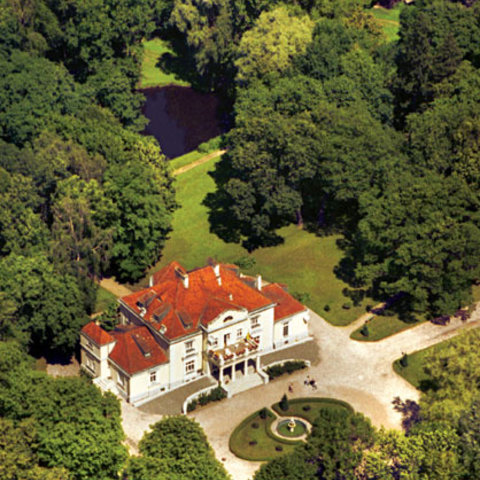
Bird’s-eye view of Sokołowo manor.
-
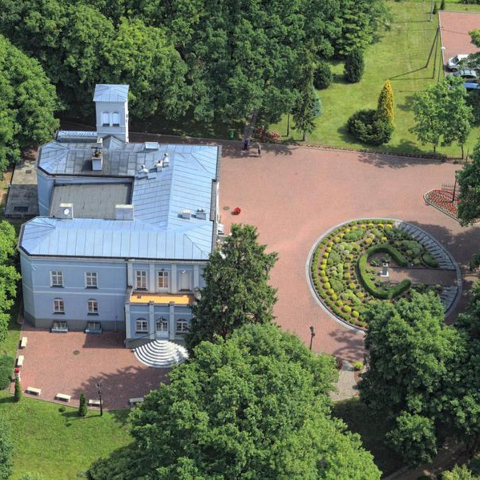
Bird’s-eye view of the Chopin Centre. Phot. The Chopin Centre.
-

Carmelite Church in Obory. Phot. NIFC.
-
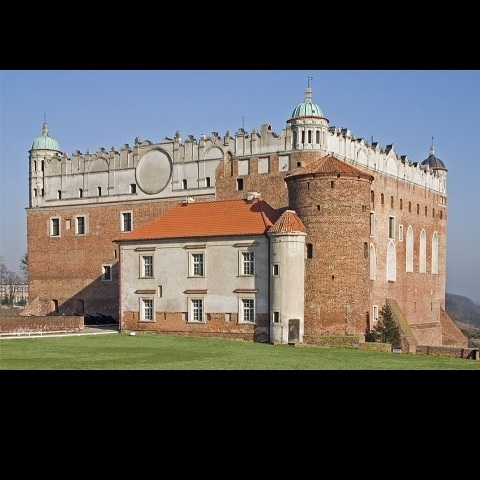
Castle of Teutonic Knights in Golub. Phot. Adam Kumiszcza.
-

Chopin monument in Turzno. Phot. Małgorzata Litwin.
-
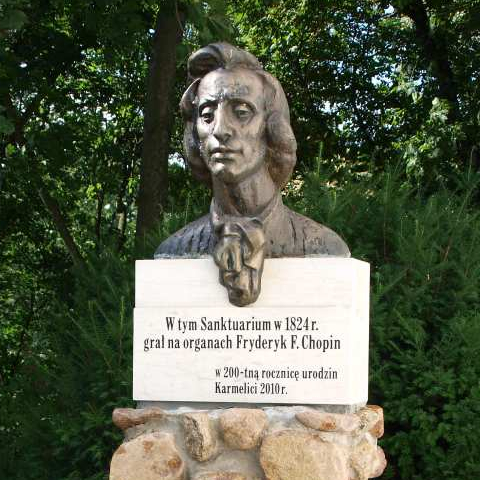
Chopin monument. Phot. Kazimierz Stawicki.
-
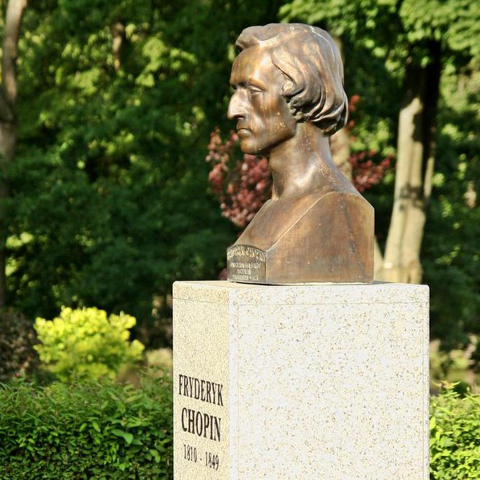
Chopin monument. Phot. The Chopin Centre.
-

Church of St. Catherine from XIV century. Phot. Andrzej Maćkiewicz.
-
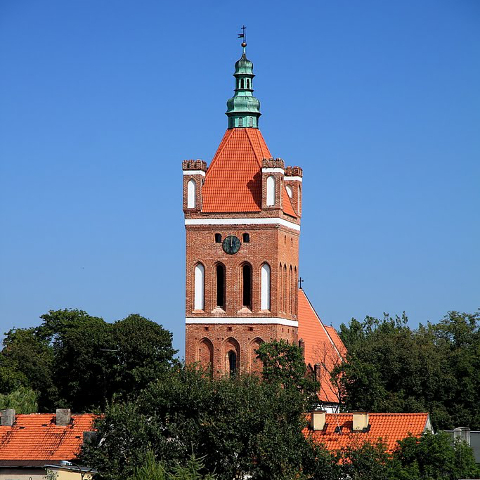
Church of St. Catherine from XIV century. Phot. Andrzej Maćkiewicz.
-
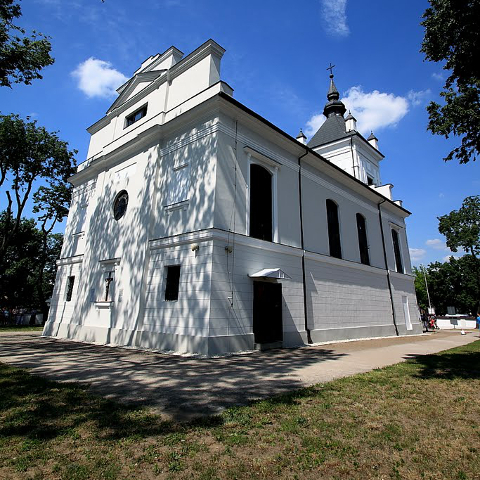
Church of St. Catherine of Aleksandria from 1823. Phot. Andrzej Maćkiewicz. [en]
-
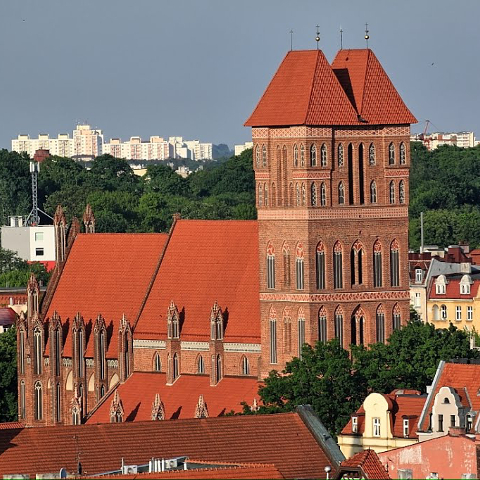
Church of St. Jacob. Phot. Andrzej Maćkiewicz.
-
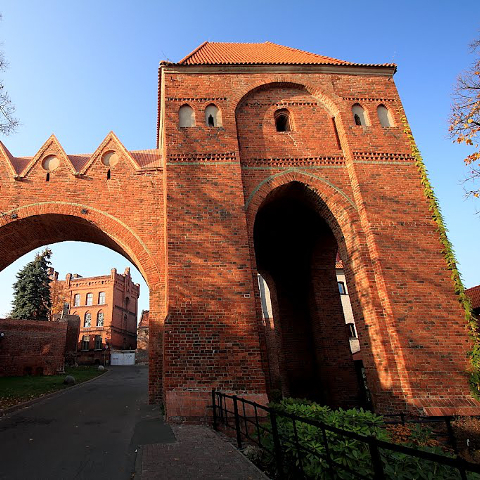
Dansker. Phot. Andrzej Maćkiewicz.
-
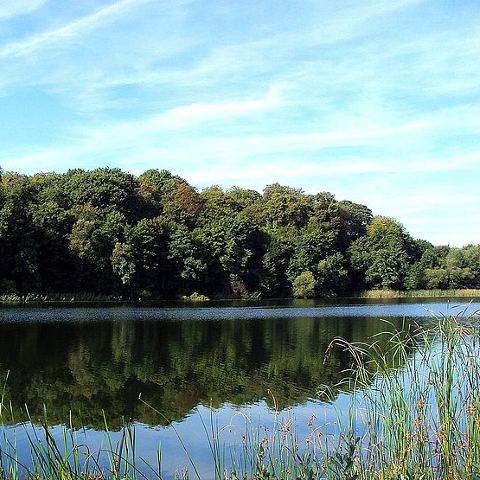
Gulbiny, park. (creative commons)
-
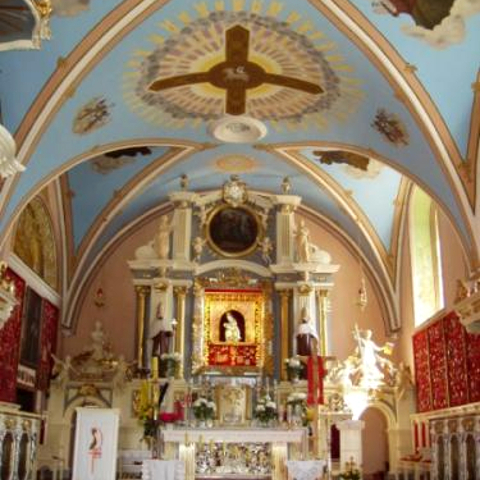
Interior of Carmelite Church. Phot. NIFC.
-

Kuryer Szafarski, 27 August 1824. Fryderyk Chopin Museum.
-

Manor gate from XVII century. Phot. Andrzej Maćkiewicz.
-
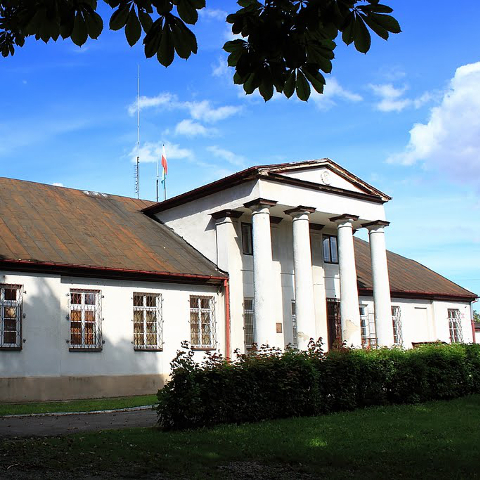
Manor house in Obrowo. Photo Andrzej Maćkiewicz. [en]
-
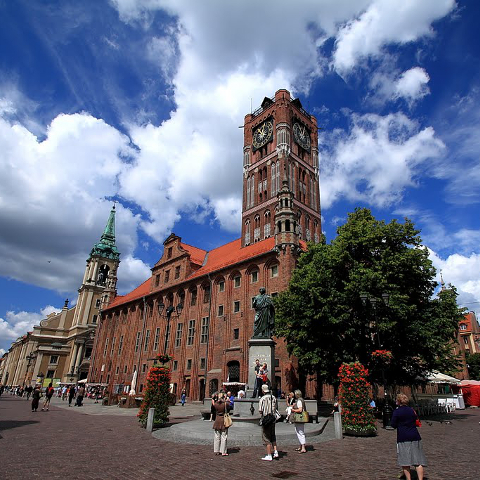
Old town hall at market square. Phot. Andrzej Maćkiewicz.
-
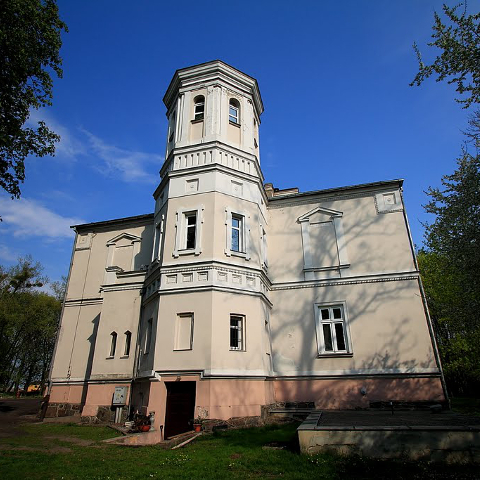
Palace from XIX century. Phot. Andrzej Maćkiewicz.
-
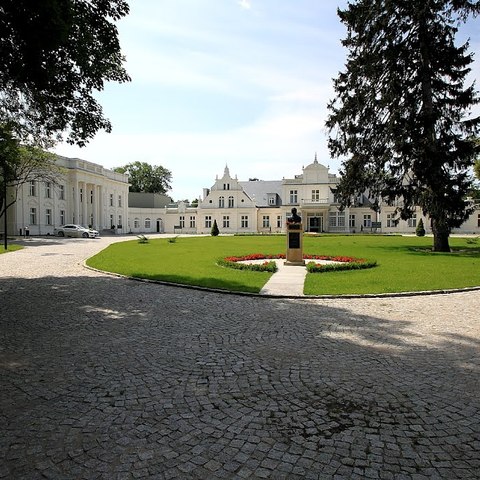
Palace in Turzno, phot. Andrzej Maćkiewicz.
-
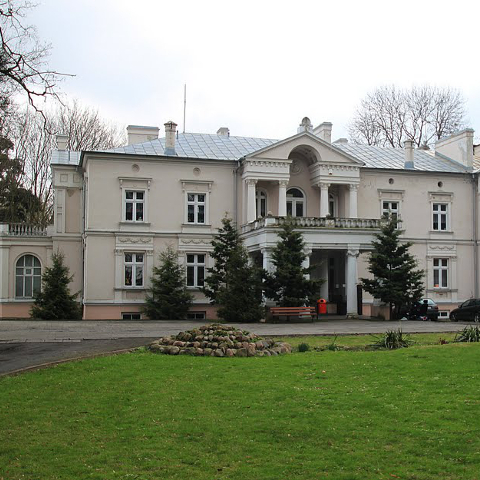
Palace in Ugoszcz. Phot. Andrzej Maćkiewicz.
-
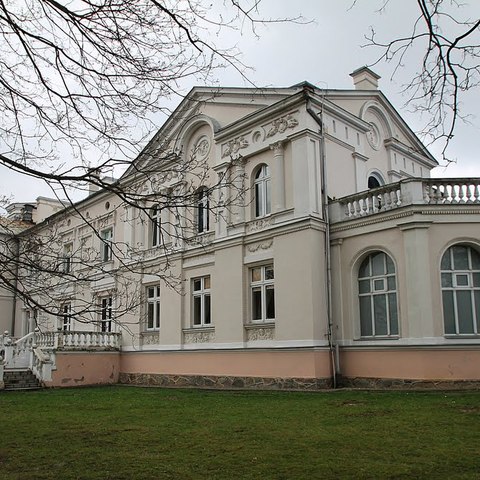
Palace in Ugoszcz. Phot. Andrzej Maćkiewicz.
-

Sokołowo manor. Phot. Andrzej Maćkiewicz.
-

Sokołowo manor. Phot. Andrzej Maćkiewicz.
-
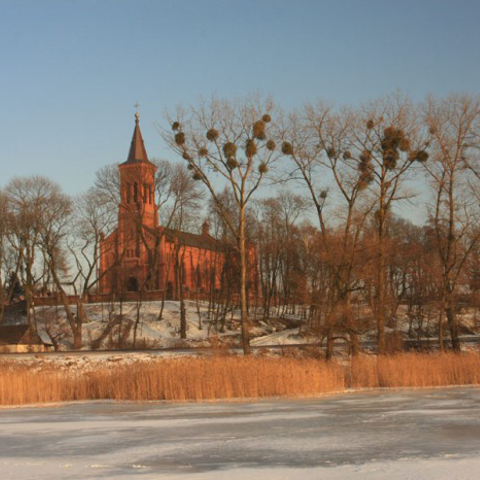
St Wojciech Church in Kikół. Phot. PWR.
-
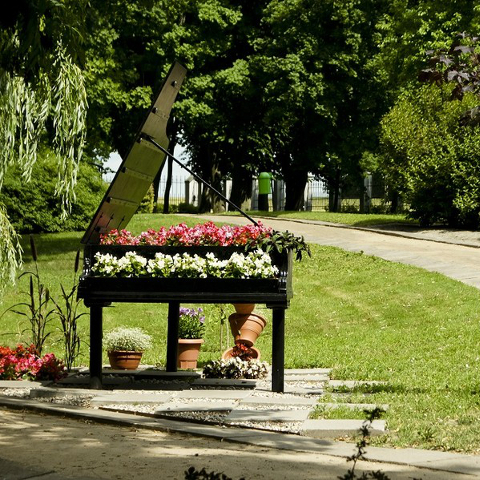
Szafarnia. Phot. The Chopin Centre.
-
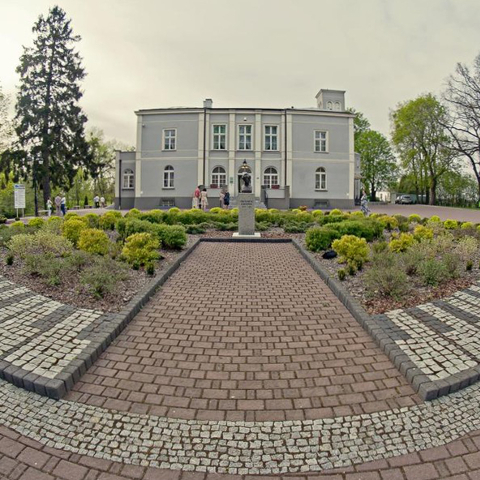
Szafarnia. Phot. The Chopin Centre.
-
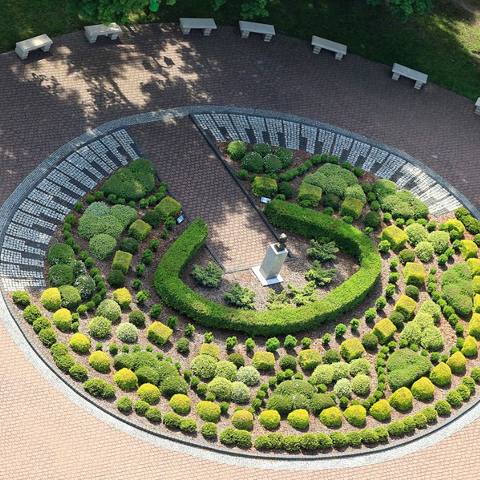
Szafarnia. Phot. The Chopin Centre.
-
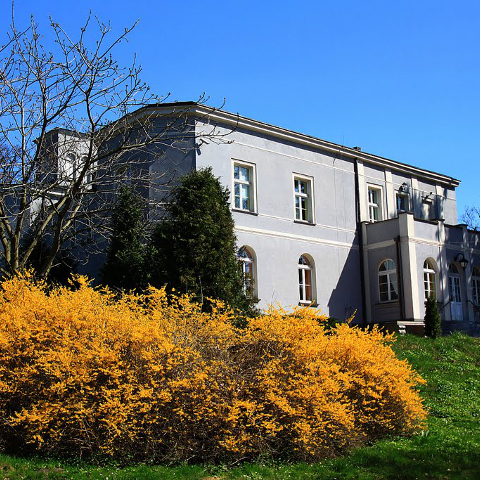
The Chopin Centre. Phot. Andrzej Maćkiewicz.
-
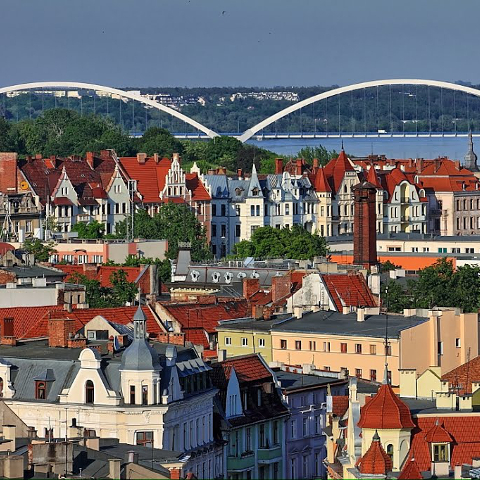
View of Toruń. Phot. Andrzej Maćkiewicz.
-
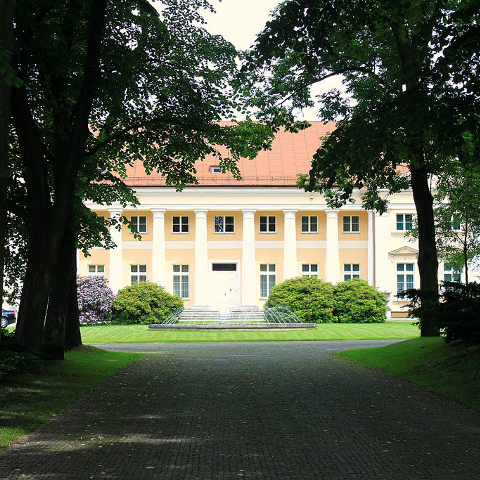
Zboiński Palace in Kikół. Phot. Andrzej Maćkiewicz.
:
Fryderyk Chopin – Funeral March in C minor, Op. 72 [WN 9] (1826) – Tatiana Shebanova (piano Erard, 1849), NIFCCD017, (C)(P) The Fryderyk Chopin Institute
Fryderyk Chopin – Polonaise in D minor, Op. 71 No. 1 [WN 11] (1825–1827) – Nikolai Demidenko (piano Pleyel, 1848), NIFCCD014, (C)(P) The Fryderyk Chopin Institute
Fryderyk Chopin – Polonaise in G sharp minor [WN 5] (1824) – Tatiana Shebanova (piano Erard, 1849), NIFCCD018, (C)(P) The Fryderyk Chopin Institute
:

Golub-Dobrzyń county, Kujawy-Pomerania voivodeship
.jpg)
Lipno county, Kujawy-Pomerania voivodeship

Golub-Dobrzyń county, Kujawy-Pomerania voivodeship

Toruń county, Kujawy-Pomerania voivodeship

Golub-Dobrzyń county, Kujawy-Pomerania voivodeship

Golub-Dobrzyń county, Kujawy-Pomerania voivodeship

Kujawy-Pomerania voivodeship

Toruń county, Kujawy-Pomerania voivodeship

Rypin county, Kujawy-Pomerania voivodeship